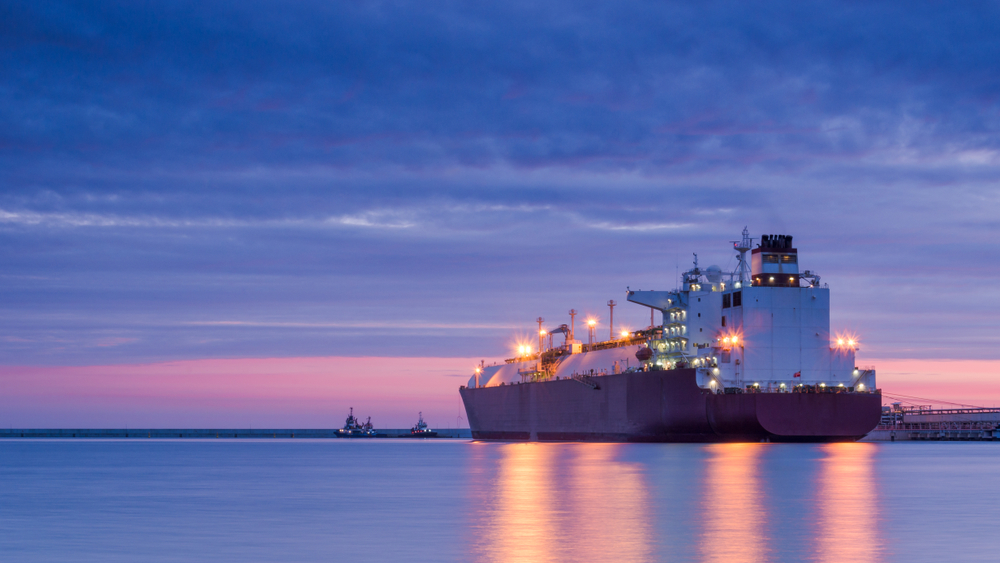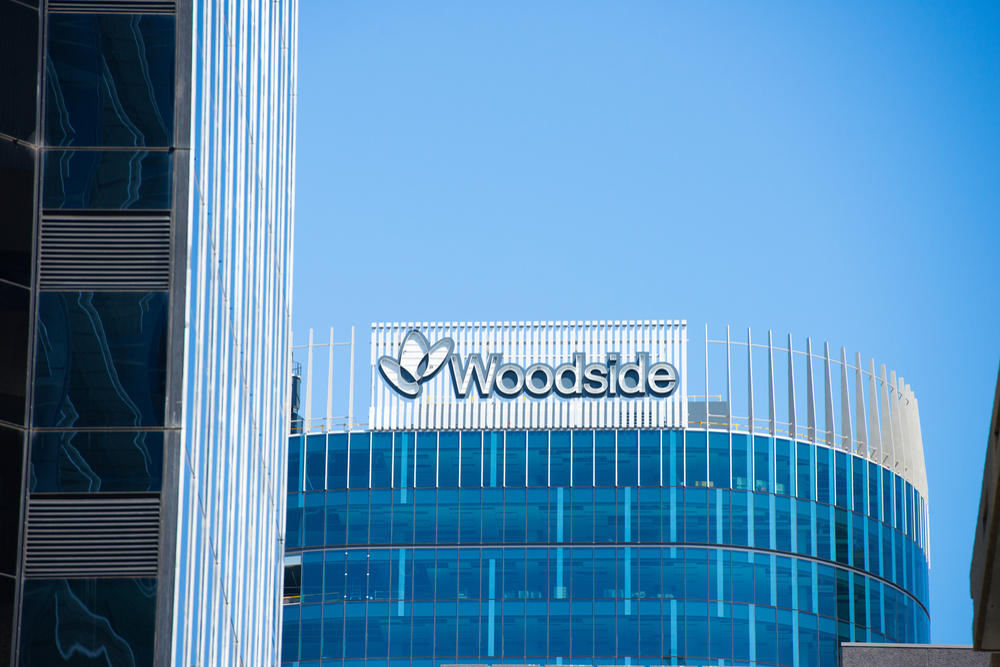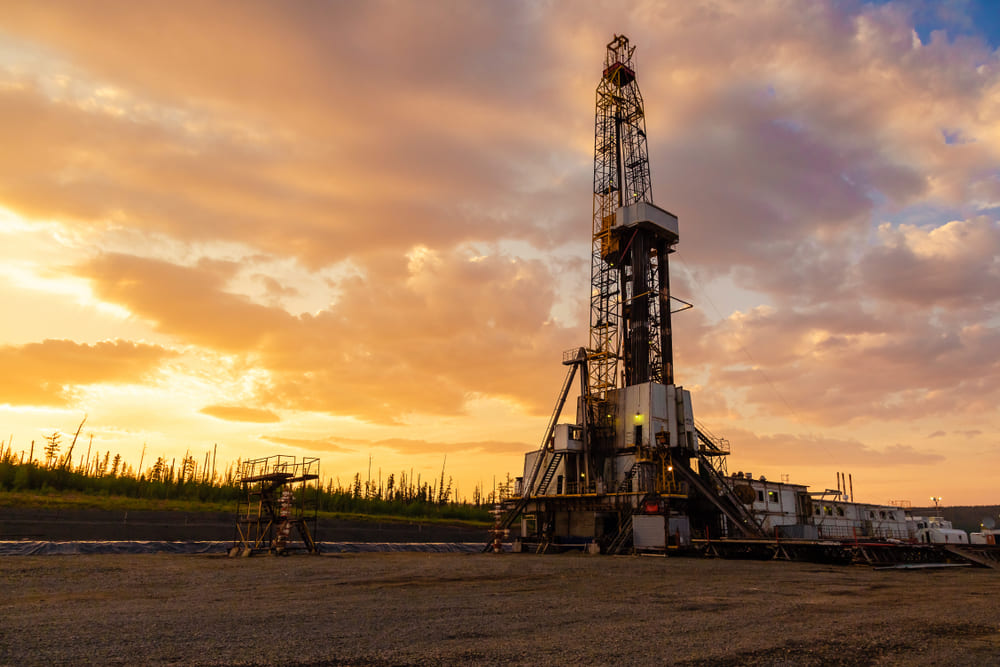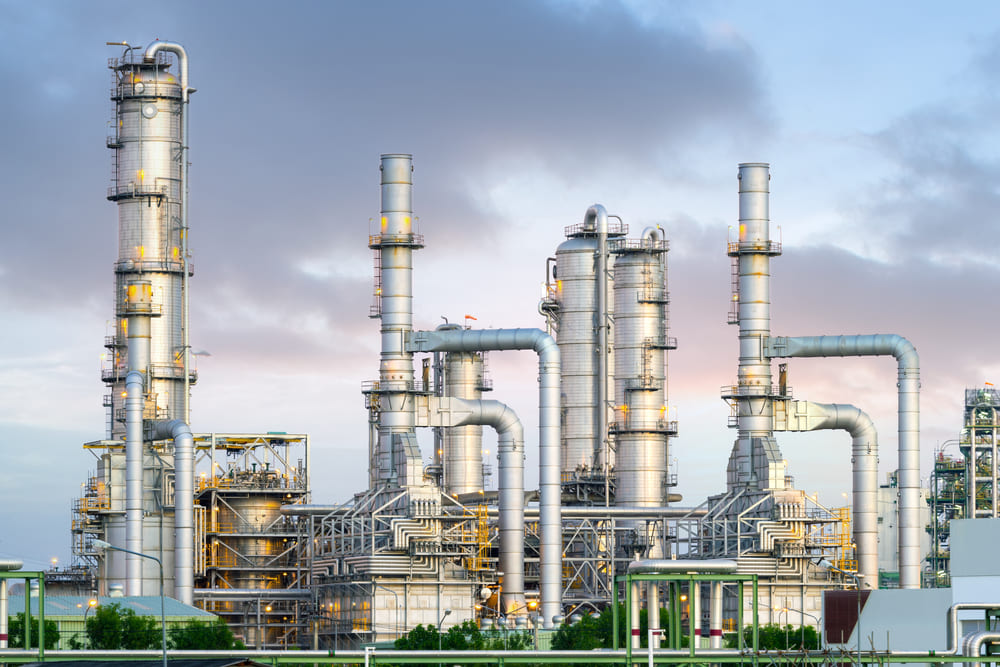
In their latest analysis of the east coast gas market’s outlook, EnergyQuest notes the market is experiencing ongoing volatility in price, demand, supply options, and government policy.
A unique bottom-up analysis for each gas field on the east coast was used in the outlook, to determine the production profile and cost of domestic gas.
The report states the outstanding feature of 2021 was the surge and volatility in gas prices internationally.
“The Asian spot price, the JKM, averaged US$15.16 per million British thermal units, up from US$3.85 in 2020.
“The European benchmark, the TTF, averaged US$15.20 per million British thermal units, up from US$3.29.
“In the US, Henry Hub was lower than European and Asian spot prices, averaging US$3.91 but still almost twice the US$2.06 achieved the year before.
“Prices in different regions also increasingly moved together, linked by LNG, while spot gas prices have become de-linked from oil prices.”
Gas prices are not the only global energy prices that have spiked, reports EnergyQuest – oil prices, to which many Asian LNG contracts are indexed, have also rebounded, although not to the same extent as gas prices.
Brent averaged US$70.86 per barrel of crude in 2021, up from US$41.96 per barrel in 2020.
This has also pushed up the price of LNG delivered to Asia, with the average price of LNG delivered to North Asia reaching US$15.98 per million British thermal units, up from US$6.30 in November 2020, reflecting increases in oil prices as well as spot gas prices.
EnergyQuest notes it is not surprising energy prices were higher in 2021 than 2020, with the world in the first stages of the pandemic in 2020, followed by some recovery last year.
However, global benchmarks have all overshot their 2019 levels, the last ‘normal’ year.
One reason for the gas price spike is that the growth in global gas demand in 2021 outpaced growth in supply, reflecting the cuts to development activity in 2020.
Chinese LNG demand in 2021 was 21 per cent higher than in 2020.
According to the International Energy Agency (IEA), natural gas demand in European OECD countries grew by 8 per cent in the nine months to September compared with a year earlier.
The surge in demand has increased LNG demand, with the biggest increase in LNG exports coming from the US.
The US Energy Information Administration estimates US LNG exports increased by 51 per cent from 2020 to 2021, increasing the share of LNG exports in US natural gas production from seven per cent to 10.5 per cent and contributed to the increase in Henry Hub prices.
In addition to the economic recovery, another common global theme was the severe 2020-21 winter across the northern hemisphere that sent gas prices surging, particularly in Asia and the US, and also cut inventories.
In the first half of the year North Asian LNG buyers were particularly active in the LNG market re-stocking inventories.
Europe also needed to restore inventories following the winter.
It is clear that reduced flows from Russia on the Yamal route is a major factor contributing to the European market tightening.
Head of the IEA Fatih Birol said he believes there are strong elements in Europe’s gas markets due to Russia’s behaviour, with today’s low Russian gas flows to Europe coinciding with heightened geopolitical tensions over Ukraine.
He continued: “The current storage deficit in the European Union is largely due to Gazprom… Russia could increase its deliveries to Europe by at least one-third through abundant spare capacity.
“In contrast to its dealings with the European Union, Russia is delivering natural gas exceeding its contractual commitments to China.”
According to Platts, more than half of Russia’s natural gas supply to Europe’s major markets has gone missing this calendar year compared with 2019 levels.
The last year has seen growing interactions between European and Asian gas and LNG markets – developments in Europe affect Asia, which in turn affects Australia, both in LNG revenues and also east coast gas prices.
The tight international gas market is clearly positive for Australian LNG export earnings, which the FederalGgovernment expects to more than double to A$63 billion in 2021-22.
On the east coast, gas prices moved higher in 2021 but nothing like the movements seen internationally.
The Wallumbilla spot price averaged $8.89 per gigajoule in 2021, nearly twice the $4.89 per gigajoule in 2020 but only slightly higher than the $8.15 achieved in 2019.
In 2019 and 2020 the Wallumbilla average price weas higher than the ACCC LNG netback nut in 2021 it was 46 per cent belove the average ACCC LNG netback of $16.56 per gigajoule.
There is a strong incentive to export east coast gas as spot cargoes and we are likely to see gas continuing to flow towards Queensland through the remainder of summer and autumn.
The linkages between the east coast and the international market are also growing.
EnergyQuest estimates that Australia exported a new record of 80.9 million tonnes of LNG in 2021 (1,176 cargoes), up 3.7 per cent from 78 million tonnes in 2020, and is again likely to rank as the world’s largest LNG exporter in 2021.
Exports were also higher than the 77.6 million tonnes exported in 2019, before the pandemic.
In the current environment of supply chain and shipping challenges, the steady increase in Australian LNG exports is a significant achievement.
Western Australia dominated Australian LNG exports, supplying 56 per cent of national exports, while Queensland produced 30 per cent and the Northern Territory 14 per cent.








